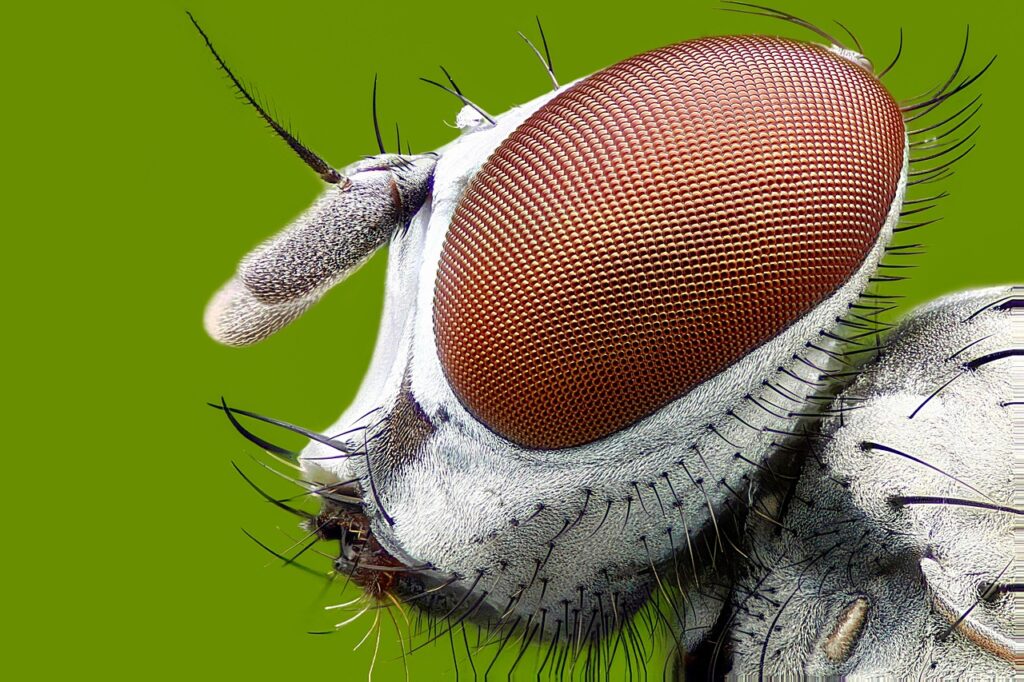Imagine having 30,000 tiny cameras working together as one, each capturing a different angle of the world around you. Sounds like science fiction? Well, dragonflies have been doing this for over 300 million years. These aerial predators possess some of the most sophisticated visual systems on Earth, and scientists are just beginning to unlock their secrets. What they’re discovering could transform everything from security cameras to autonomous vehicles, creating a future where our technology sees the world through the eyes of insects.
The Marvel of Compound Vision
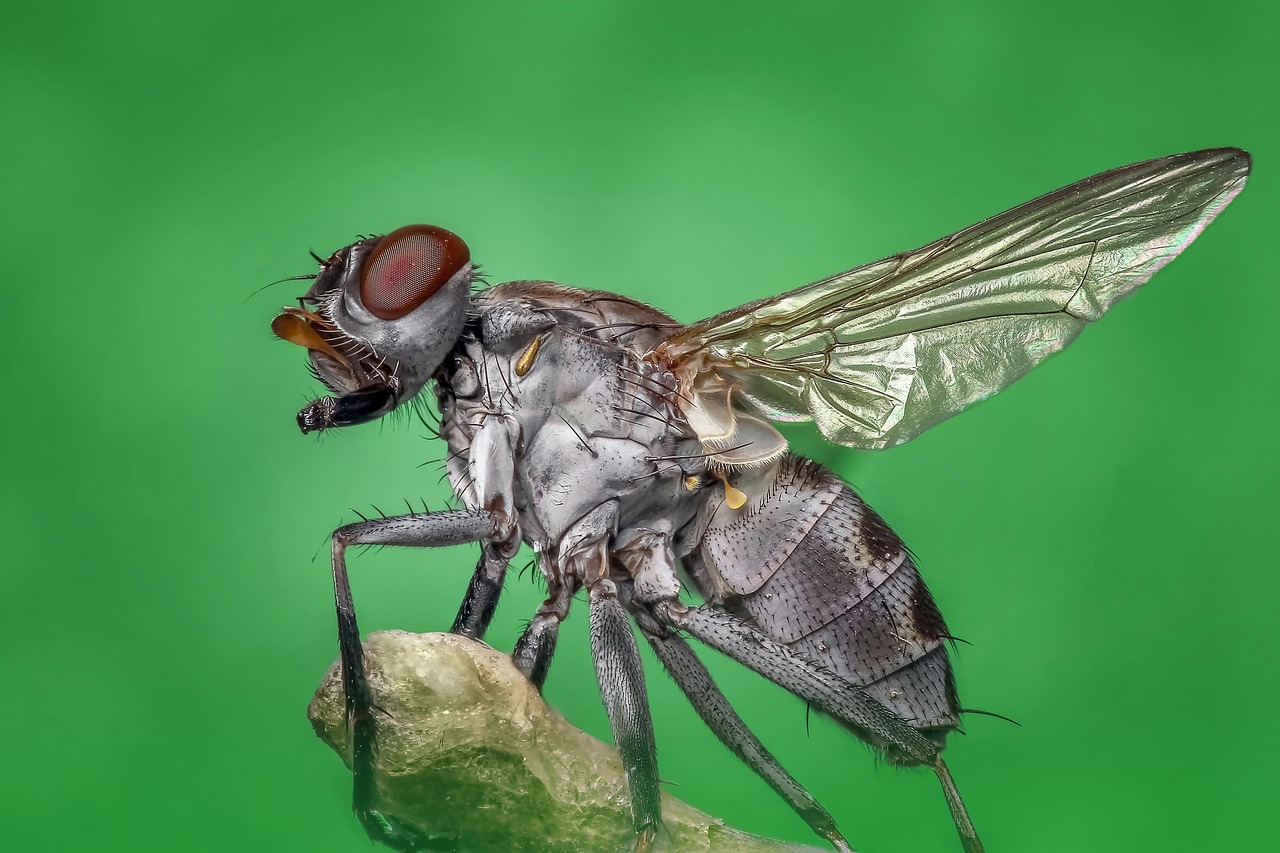
Compound eyes represent one of nature’s most ingenious solutions to the challenge of vision. Unlike our single-lens eyes, these remarkable structures contain thousands of individual optical units called ommatidia, each functioning like a miniature eye. A single dragonfly eye can contain up to 30,000 of these units, creating a mosaic of visual information that would make any surveillance expert jealous.
The beauty of compound eyes lies in their ability to detect motion with incredible precision. While human eyes excel at detailed vision, compound eyes trade resolution for speed and coverage. They can detect movement faster than any human-made camera system currently in existence.
Dragonflies: Nature’s Ultimate Surveillance System
Dragonflies are the apex predators of the insect world, boasting a 95% success rate when hunting – making them more efficient than sharks, lions, or any other predator on Earth. Their secret weapon? Those massive compound eyes that cover nearly their entire head, providing them with nearly 360-degree vision. This means they can spot prey, predators, and obstacles simultaneously without moving their head.
Each dragonfly eye contains specialized cells that can detect polarized light, ultraviolet patterns, and even the slightest movement in their peripheral vision. They can track multiple objects at once, calculating flight paths and intercept courses with mathematical precision that would impress a missile guidance system.
How Compound Eyes Process Information
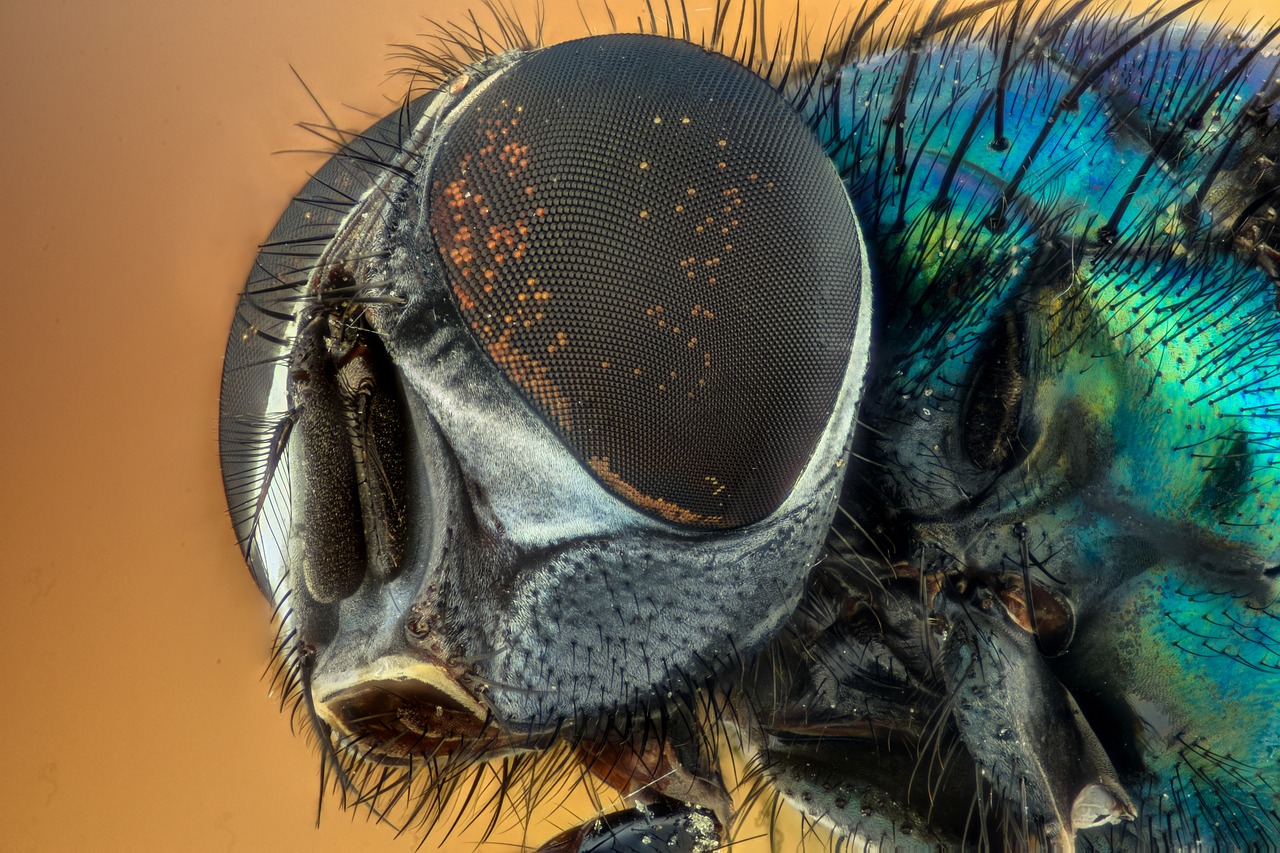
The processing power behind compound eyes is staggering. Each ommatidium captures light from a slightly different angle, creating thousands of overlapping visual fragments that the brain assembles into a cohesive image. This parallel processing system allows insects to react to threats or opportunities in milliseconds.
What’s truly remarkable is how efficiently this system works. While each individual unit has relatively low resolution, the collective system excels at detecting edges, movement, and changes in the environment. It’s like having thousands of motion sensors working in perfect harmony.
The Science Behind Motion Detection
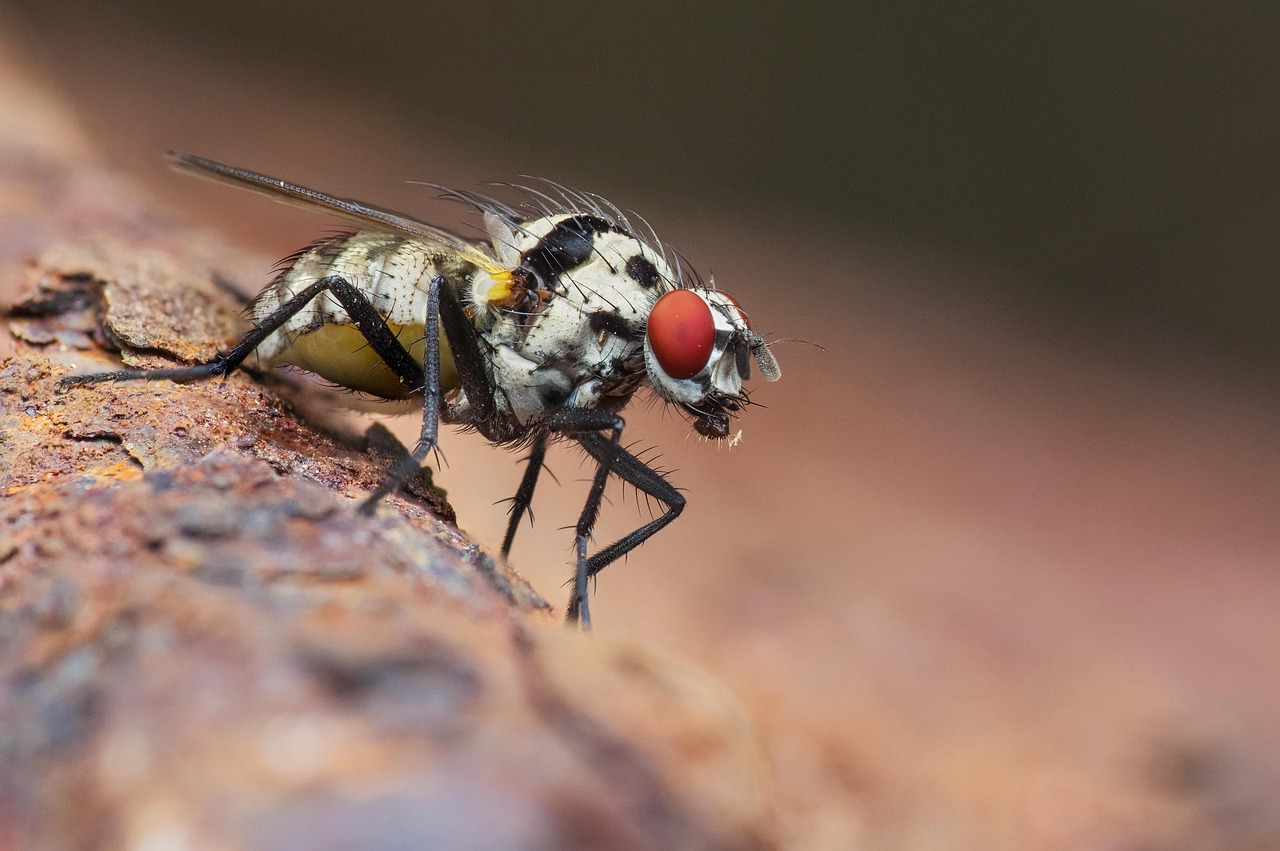
Scientists have discovered that compound eyes are particularly sensitive to what’s called “optical flow” – the pattern of movement that objects create as they move across the visual field. This sensitivity allows insects to navigate through complex environments at high speeds without colliding with obstacles. A bee can fly through a dense forest, a fly can dodge your swatting hand, and a dragonfly can catch prey mid-flight, all thanks to their extraordinary motion detection capabilities.
The neural circuits processing this information are incredibly sophisticated. Researchers have identified specific neurons that respond only to movement in particular directions, creating a biological computer that can instantly calculate speed, direction, and trajectory.
Current Camera Technology Limitations

Traditional surveillance cameras face significant challenges that compound eyes have already solved. Most security systems rely on single-lens cameras with limited fields of view, requiring multiple units to cover large areas. They struggle with rapid movement, often producing blurry images when tracking fast-moving objects.
Motion detection in current systems is primitive compared to biological vision. Most cameras simply compare frames to detect pixel changes, leading to false alarms from shadows, lighting changes, or irrelevant movement. They lack the sophisticated filtering and processing capabilities that make compound eyes so effective.
Biomimetic Camera Development
Engineers are now creating cameras inspired by compound eye architecture. These biomimetic systems use arrays of small lenses, each capturing a portion of the scene, similar to how ommatidia work in insect eyes. Early prototypes have shown promising results in detecting motion and providing wide-angle coverage with minimal distortion.
Companies like Samsung and various research institutions have developed curved sensor arrays that mimic the spherical structure of compound eyes. These systems can capture panoramic images without the fisheye distortion typical of wide-angle lenses, opening new possibilities for surveillance applications.
Revolutionary Applications in Surveillance
Compound eye-inspired cameras could transform security systems in ways we’re only beginning to imagine. Picture a single camera unit that can monitor an entire room without blind spots, instantly detecting and tracking multiple moving objects simultaneously. These systems could differentiate between normal activity and suspicious behavior with unprecedented accuracy.
Airport security could benefit enormously from this technology. Instead of arrays of traditional cameras, compound eye systems could provide seamless coverage of large areas, automatically tracking individuals and detecting unusual movement patterns that might indicate security threats.
Impact on Autonomous Vehicles
Self-driving cars represent one of the most exciting applications for compound eye technology. Current autonomous vehicles rely on multiple sensors and cameras to navigate safely, but compound eye systems could provide superior motion detection and obstacle avoidance capabilities. These systems could detect approaching vehicles, pedestrians, and cyclists with the same efficiency that allows dragonflies to hunt successfully.
The real-time processing capabilities of compound eye-inspired systems could significantly improve reaction times in autonomous vehicles. Unlike current systems that must process high-resolution images, compound eye cameras could instantly identify relevant movement and trigger appropriate responses.
Advantages Over Traditional Systems
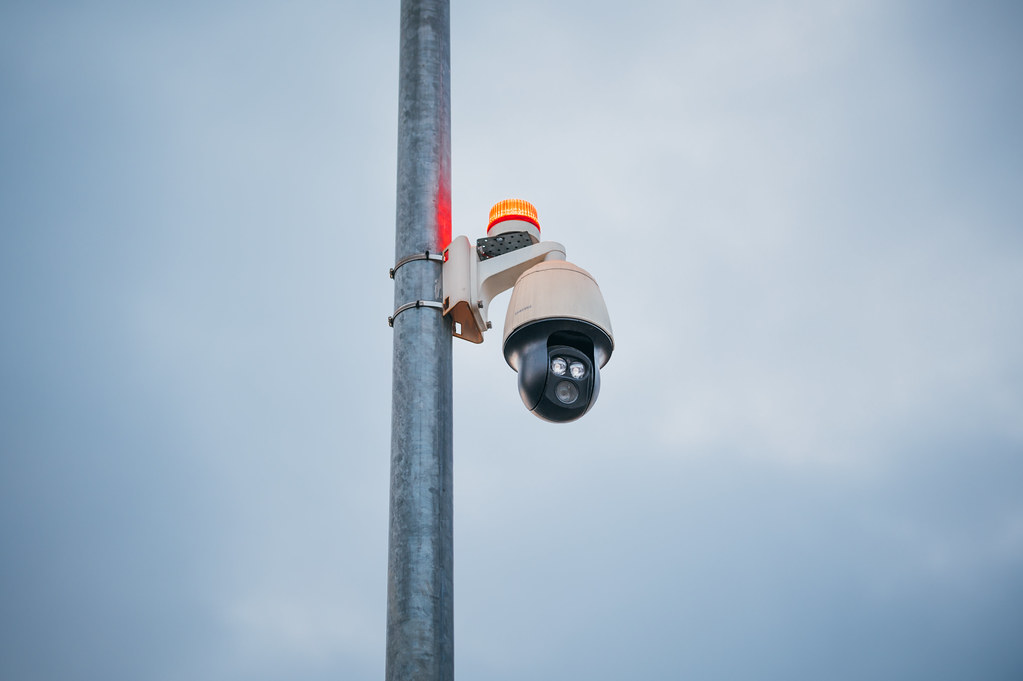
Compound eye cameras offer several key advantages over conventional surveillance technology. They provide much wider fields of view without the need for multiple camera units, reducing installation complexity and costs. Their superior motion detection capabilities mean fewer false alarms and more accurate threat identification.
These systems are also potentially more robust and reliable. Traditional cameras can be disabled by covering a single lens, but compound eye systems would continue functioning even if some elements were damaged or obscured. This redundancy makes them ideal for critical security applications.
Manufacturing Challenges and Solutions
Creating compound eye cameras presents unique manufacturing challenges. Producing thousands of tiny lenses with precise alignment requires advanced fabrication techniques. However, recent advances in 3D printing and micro-manufacturing are making these systems more feasible.
Researchers are developing new materials and production methods specifically for compound eye applications. Some teams are using flexible substrates that can be curved to match the spherical geometry of natural compound eyes, while others are exploring ways to mass-produce micro-lens arrays efficiently.
Integration with AI and Machine Learning
The combination of compound eye technology with artificial intelligence could create surveillance systems that truly think like living organisms. Machine learning algorithms could be trained to process the unique data patterns from compound eye cameras, potentially achieving the same level of motion detection accuracy found in nature.
AI systems could learn to interpret the complex visual information from compound eyes, identifying patterns and behaviors that traditional cameras might miss. This could lead to predictive surveillance systems that can anticipate problems before they occur.
Future Possibilities and Innovations
The future of compound eye technology extends far beyond current applications. Researchers are exploring ways to incorporate other insect vision capabilities, such as polarized light detection and UV sensitivity. These features could provide additional layers of information for surveillance systems.
Scientists are also investigating how to replicate the incredible processing speed of insect brains. Future compound eye cameras might process visual information at the same lightning-fast speeds that allow dragonflies to catch prey in mid-flight, creating surveillance systems that can react instantaneously to threats.
Ethical Considerations and Privacy
As compound eye surveillance technology advances, important ethical questions arise. The enhanced capabilities of these systems could lead to unprecedented levels of monitoring and tracking. Society will need to balance the security benefits with privacy concerns and ensure appropriate regulations govern their use.
The ability to track multiple individuals simultaneously and detect subtle behavioral patterns raises questions about surveillance overreach. Clear guidelines and oversight mechanisms will be essential as this technology becomes more widespread.
Environmental and Energy Efficiency
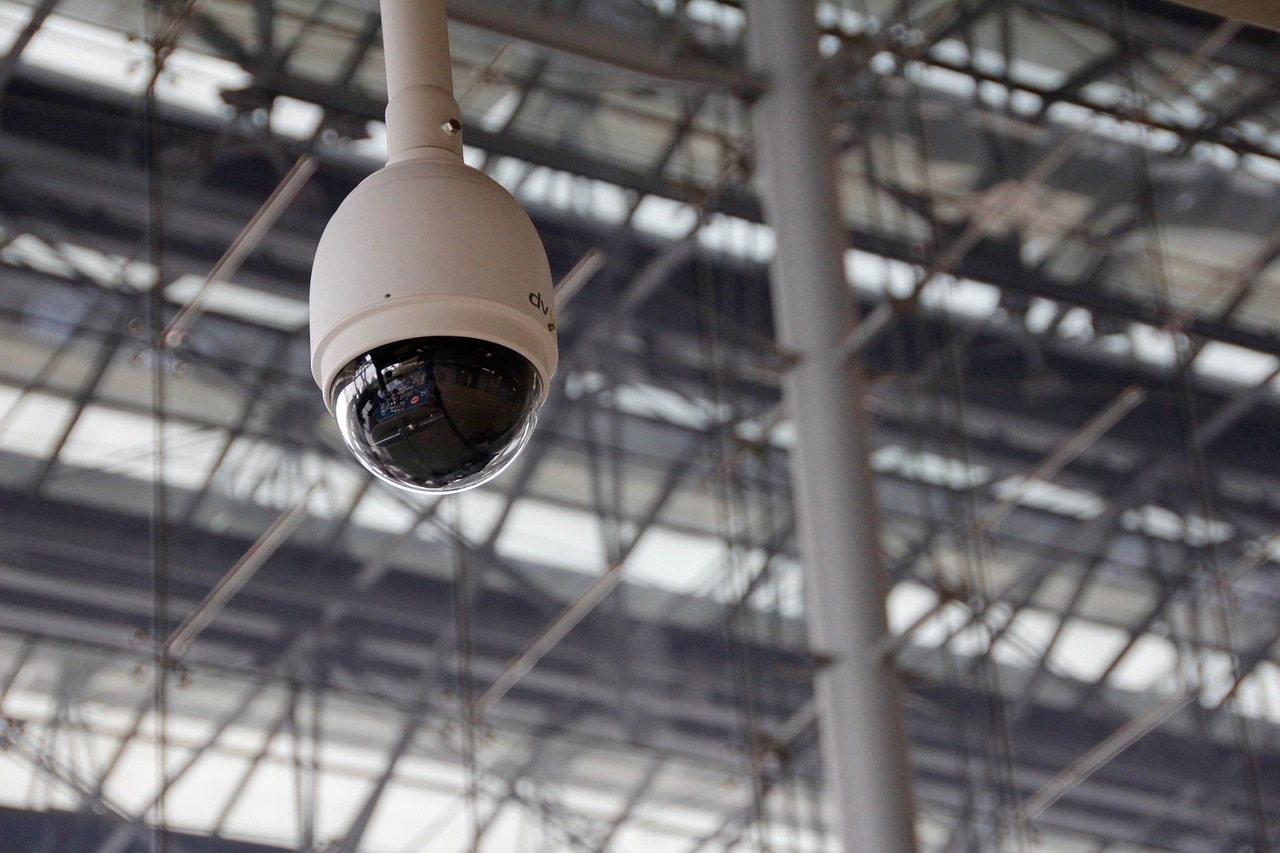
Compound eye cameras could also offer significant environmental benefits. Their efficient processing capabilities might require less computational power than traditional systems, reducing energy consumption. The potential to replace multiple cameras with single compound eye units could also reduce electronic waste.
Nature has optimized compound eyes for energy efficiency over millions of years. By mimicking these natural systems, we might develop surveillance technology that operates with minimal power consumption while maintaining superior performance.
The Path Forward

The journey from insect eyes to revolutionary surveillance technology is still in its early stages, but the potential is enormous. As manufacturing techniques improve and costs decrease, we can expect to see compound eye cameras appearing in more applications. From smart homes to urban security systems, this technology could reshape how we monitor and protect our world.
The success of dragonflies as aerial predators proves that compound eye vision is not just effective but superior in many ways to traditional single-lens systems. By learning from nature’s most successful surveillance experts, we’re developing technology that could make our world safer while opening new possibilities we’ve barely begun to imagine. What other secrets might these ancient eyes reveal as we continue to study them?

